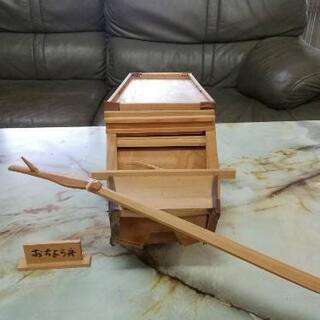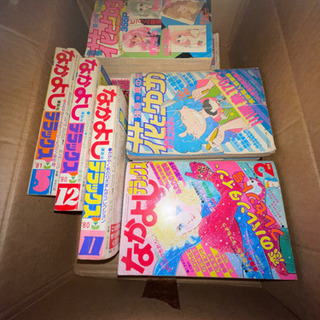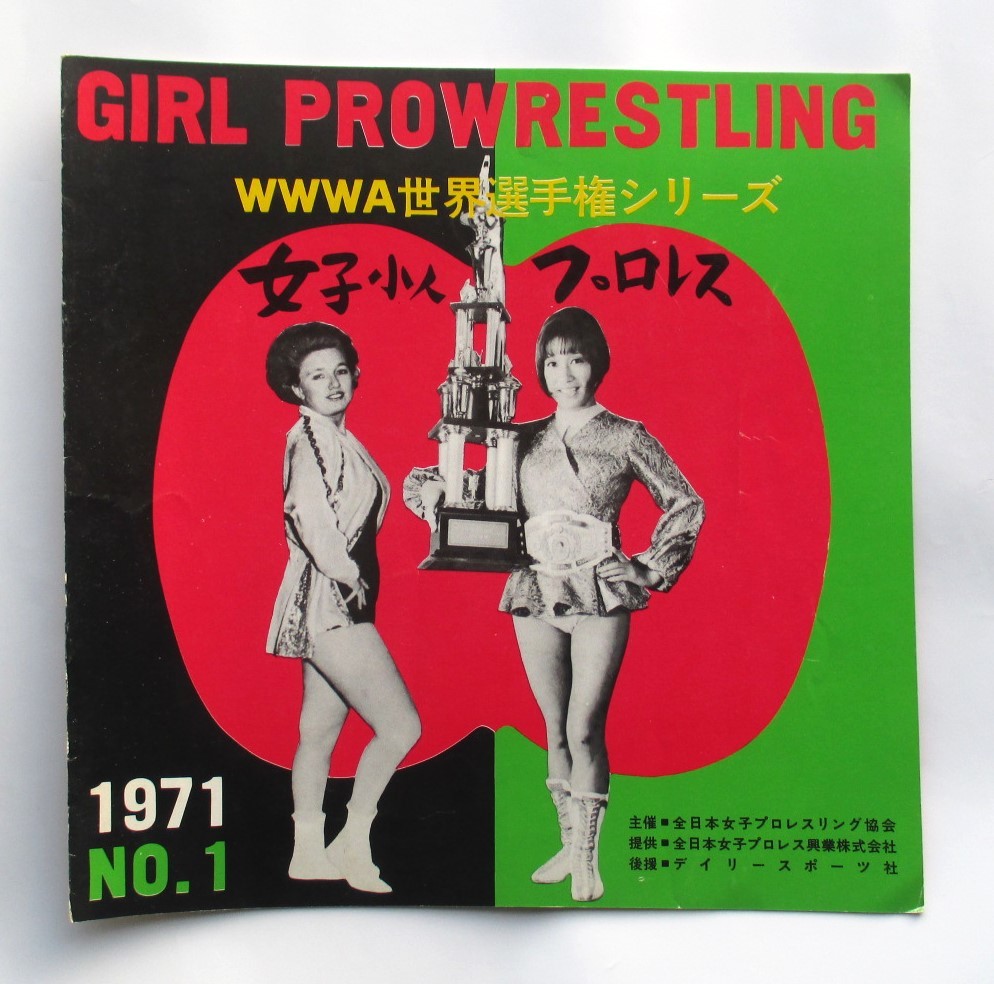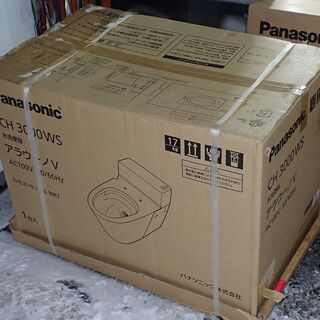- シーンから探す
-
贈る相手から探す
- ヘアアクセサリー
- 広告、ノベルティグッズ
- オーディオ機器
- 生活家電
- 店舗用品
- 文芸
- PC/タブレット
- 男女兼用バッグ
- ミリタリー
- 家具
- その他
- フィギュア
- 抱き枕
- タイヤ、ホイール
- 工具、DIY用品
- 楽器、器材
- 季節、空調家電
- ミリタリー
- レディース その他
- ファッション小物
- キッチン/食器
- トップス
- その他
- ボディケア
- インテリア時計
- その他
- 収納家具
- ベースメイク
- フィッシング
- スーツ/フォーマル/ドレス
- ゴルフ
- テレビ
- キッチン/食器
- ミリタリー
- ホンダ
- 楽器、器材
- ホンダ
- 美術品
- 素材/材料
- キッチン/食器
- DVD/ブルーレイ
- フィットネス、トレーニング
- その他
- 靴
- その他
- ロードバイク
- 農業
- 机/テーブル
- レディースファッション
- テレビゲーム
- カテゴリから探す
- おまとめ注文・法人のお客様
古代ギリシャ (マケドニア)「Acanthus」テトラドラクマ銀貨 紀元前470〜430年 「AU STAR」! 販売
-
商品説明・詳細
-
送料・お届け
商品情報
残り 3 点 1,380,000円
(533 ポイント還元!)
翌日お届け可(営業日のみ) ※一部地域を除く
お届け日: 11月06日〜指定可 (明日14:00のご注文まで)
-
ラッピング
対応決済方法
- クレジットカード
-

- コンビニ前払い決済
-

- 代金引換
- 商品到着と引き換えにお支払いいただけます。 (送料を含む合計金額が¥294,799 まで対応可能)
- ペイジー前払い決済(ATM/ネットバンキング)
-
以下の金融機関のATM/ネットバンクからお支払い頂けます
みずほ銀行 、 三菱UFJ銀行 、 三井住友銀行
りそな銀行 、ゆうちょ銀行、各地方銀行 - Amazon Pay(Amazonアカウントでお支払い)
-

































希少性/資産性の最もExcellent Coinや、古代コインなどに、ご興味がございましたら、ご覧下さいね!
HPは以下の通りです!
https://numisma-academy.com/
ブログ:
https://numisma.exblog.jp/
古代マケドニア「Acanthus」テトラドラクマ銀貨 紀元前470〜430年 「AU STAR」!
重量: 17,06グラム
直径:28ミリ
鋳造年:紀元前470年~430年
鋳造地: Acanthus (Acanthos)
表面:(左側)襲いかかるライオン、跪く雄牛。
ミントマーク「Θ 」,下に様式化された「アカントスの花」。
裏面: 四つの四角いインキュース(刻印)
NGC鑑定結果:「AU Star 5/5,4/5」!!
NGC鑑定番号: 6323222-001
専門書:Desneux Nb53,
57 (same observe Dies), SNG ANS 10
NGC鑑定「鋳造時期」について:
紀元前470年から〜430年鋳造のテトラドラクマ銀貨「裏面インキューズ」に縦横のギリシャ語文字「ΑΚΑ-Ν-ΘΙΟ-Ν」がない為、そして明らかに、「archaicタイプ」である為に(ミントマークや花マーク)、正しくは紀元前525年〜470年中に鋳造されたと思います。その時期の490/480年頃(後期)かもしれません。
特記: The City of Acanthosは、紀元前650年頃に始まってペルシア戦争時期とペルシア帝国の「クセルクセス1世」に好意的であったことで知られています。
後期のTetradrachmコイン鋳造に、もっと重大な影響力をもたらした「発祥の地」の一つと言えるでしょう。
特記その2: 「ヘロドトス」の言い伝えでは、「クセルクセス1世」の荷物段列が、マケドニアに生息して居たライオンに襲撃されたことで、歴史上、有名なエピソード。
それをモチーフに描かれたコインで、「ライオン」はマケドニアで、「雄牛」はペルシアを表します。
特記その3:あれほどパワーフルな力強い「デザイン」はなかなか有りません。文明同士の死活の戦いを著しく描写しています。
MACEDON. Acanthus. Ca. 470〜430BC. AR tetradrachm (27.5mm, 17,06gm). NGC AU★ 5/5 - 4/5!
Lion springing right, attacking bull kneeling to left with raised head and biting into his hind quarters, stylized acanthus flower below dotted exergual line / Quadripartite incuse square, the interior compartments granulated.
References: Desneux (Acanthos) Nb57 (same observe dies)
Of the Archaic Greek coinages, the imagery of Acanthus is among the most striking and influential, depicting a lion attacking a bull, a motif soon adopted by several other cities. Lions prowled the hinterlands of Thrace and Macedon in this era and Herodotus recounts an episode when the baggage train of the Persian King Xerxes's army was set upon by lions during its march from Asia Minor into Greece proper. This particular rendering of the life-and-death struggle is especially powerful, with its yin-yang juxtapositioning of the two animals struck in living high relief, displaying the full vigor of Archaic Greek art.